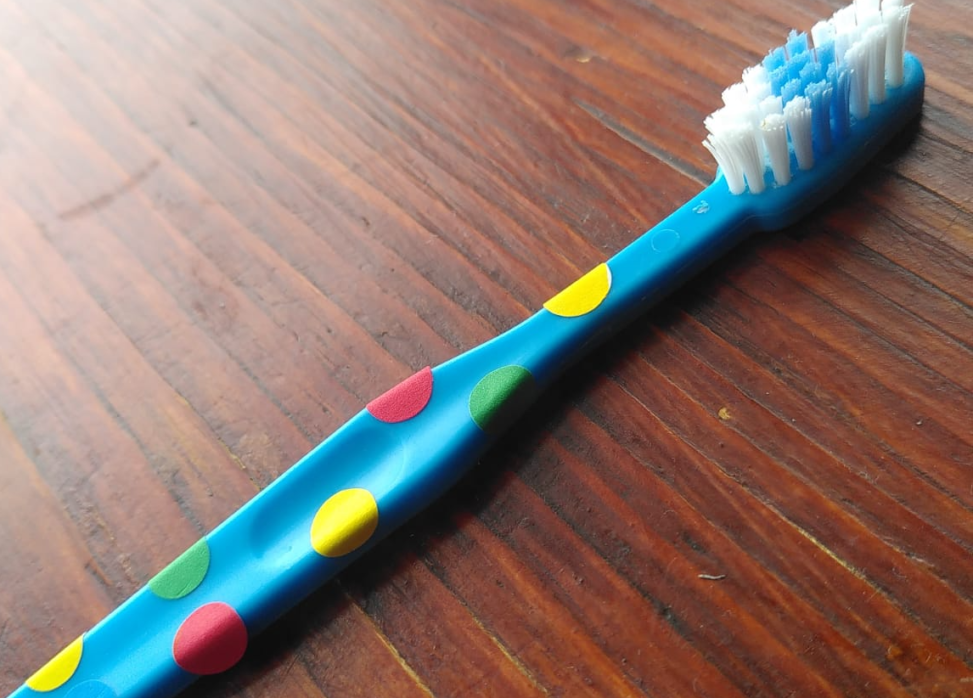What can a spotty toothbrush tell us about language biases? To showcase our paper From the world to word order: deriving biases in noun phrase order from statistical properties of the world in the journal Language, that we published together with Jennifer Culbertson, we gave an online talk for the Linguistic Society of America.
In the paper, we focus on how complex information about objects is conveyed, in noun phrases like ‘those two spotty toothbrushes’. Even though the languages of the world show a variety of different orderings of Noun, Adjective, Numeral and Demonstrative, there seem to be constraints in place that determine which orders are the most frequent. In the paper we use evidence from silent gesture experiments and language corpora to show that eventually, these constraints are rooted in the way the world works.
Why did we need spotty toothbrushes for this? Well, in an experiment that asks participants to come up with improvised gestural descriptions, a noun like toothbrush and an adjective like spotty are relatively easy to convey (as opposed to, say, red wine or long noun phrase).
Curious? You can read the paper here, or watch the recording here .



Leave a Reply